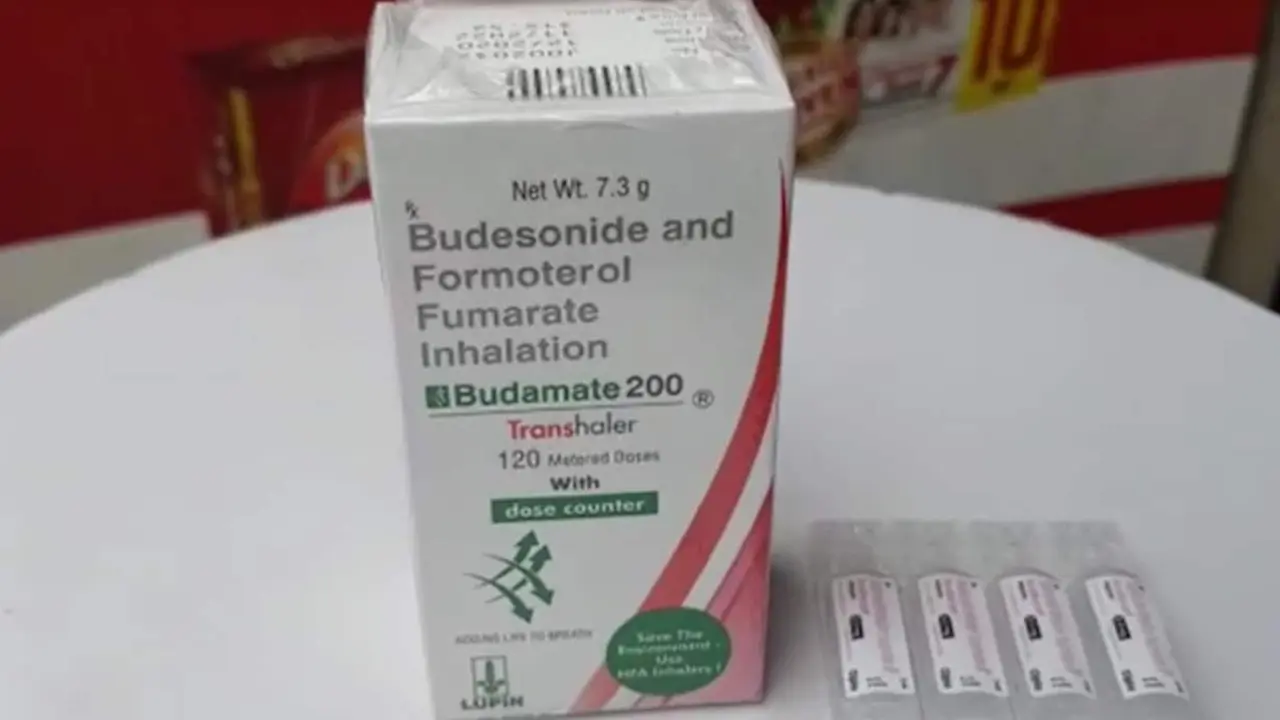Formoterol: Fast-Acting, Long-Lasting Relief for Asthma & COPD
Formoterol is a long-acting beta2-agonist (LABA) that starts working fast and keeps airways open for hours. That mix of quick onset and long duration makes it popular for daily control in asthma and COPD—and in some treatment plans it can even be used as a reliever alongside an inhaled steroid.
How formoterol works and when it’s used
Formoterol relaxes the muscles around your airways so breathing gets easier. Unlike some LABAs, formoterol begins helping within minutes and typically lasts about 12 hours. Doctors prescribe it mainly for maintenance: to reduce symptoms, cut down night wakings, and lower risk of flare-ups. You’ll often see it combined with an inhaled corticosteroid (like budesonide in Symbicort) because LABA-only treatment in asthma raises risks if not paired with steroid therapy.
If your doctor uses a SMART (single maintenance and reliever therapy) approach, a budesonide–formoterol inhaler can act as both daily control and emergency relief. That approach can reduce severe attacks in many people, but only under medical guidance.
Practical tips & safety to keep in mind
Follow your prescription exactly. A common formoterol dosing is twice daily for maintenance, but doses vary by product and age. Don’t switch or stop medicines without asking your prescriber. If you’re told to use a combination inhaler as both maintenance and reliever, get clear instructions on how many puffs for each situation.
Watch for side effects: tremor, headache, nervousness, palpitations, muscle cramps, and occasional low potassium. Rarely, LABAs can cause paradoxical tightening of the airways—stop and seek help if your breathing suddenly gets worse after using an inhaler. People with heart rhythm issues, high blood pressure, or overactive thyroid should use formoterol with caution and under a doctor’s care.
Use the right inhaler technique. For MDIs, use a spacer if you can. For DPIs, breathe in firmly and steadily. If your inhaler contains a steroid, rinse your mouth or brush your teeth after use to reduce thrush risk. Check the inhaler’s expiry date and keep track of doses remaining.
Need more context? Read our Symbicort alternatives article or the Ventolin alternatives piece to compare options. If you’re an athlete, check specific rules—some inhalers are allowed with limits under sports regulations.
Final practical note: always carry your action plan and a rescue inhaler if your health team recommends one. Formoterol helps a lot when used correctly, but good asthma/COPD control means following a full plan—meds, technique, and regular reviews with your clinician.
Symbicort Prescription Online: A Comprehensive Guide to Managing Asthma and COPD
This detailed article explores the nuances of getting a Symbicort prescription online, its medical and side effects, and drug interactions with Budesonide and Formoterol substances. Readers will find in-depth analysis of the most common dosages and recommendations for using this medication to manage asthma and Chronic Obstructive Pulmonary Disease (COPD). Learn how to navigate the complexities of online prescriptions and ensure proper use to maximize benefits and minimize risks.






